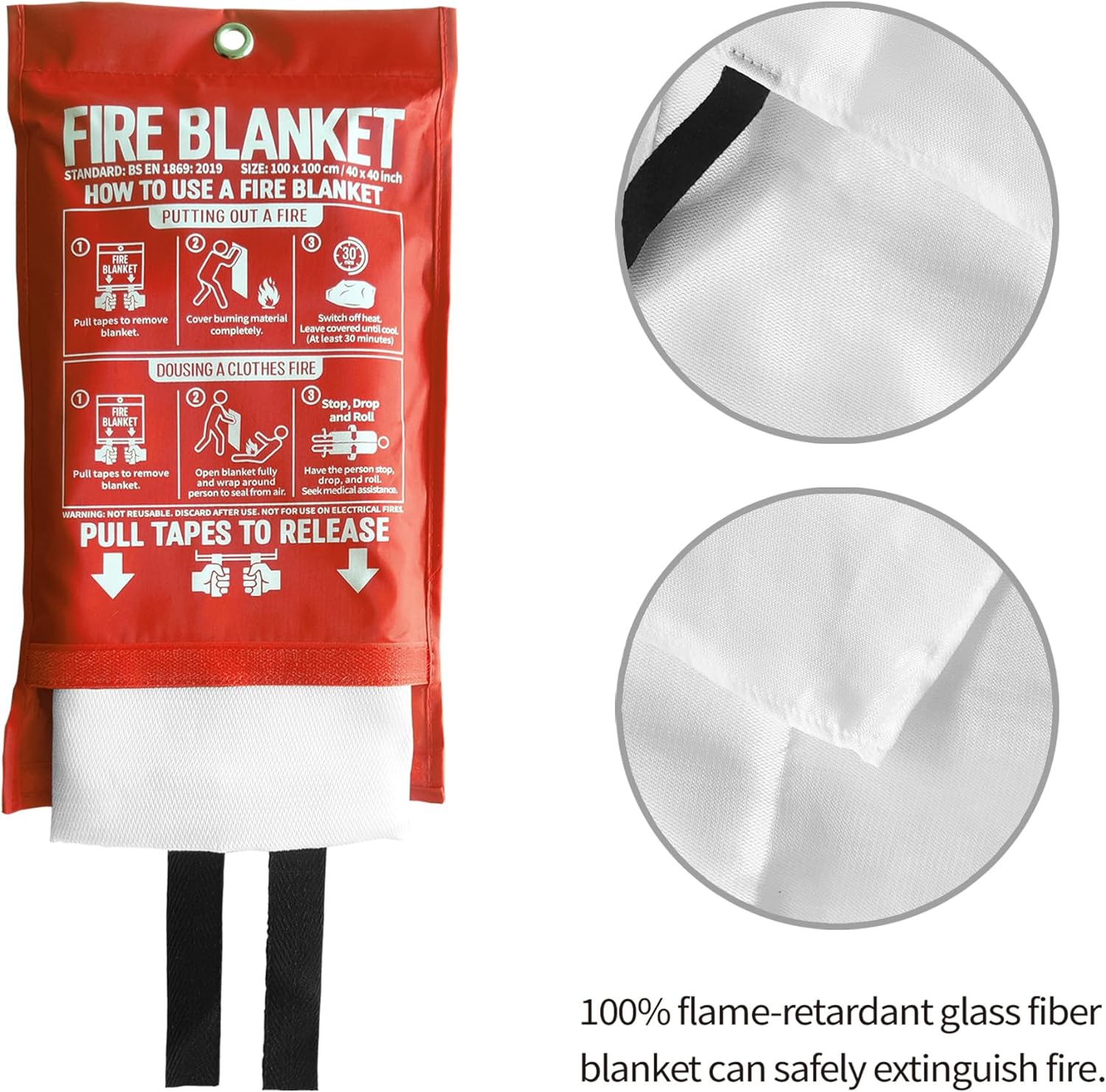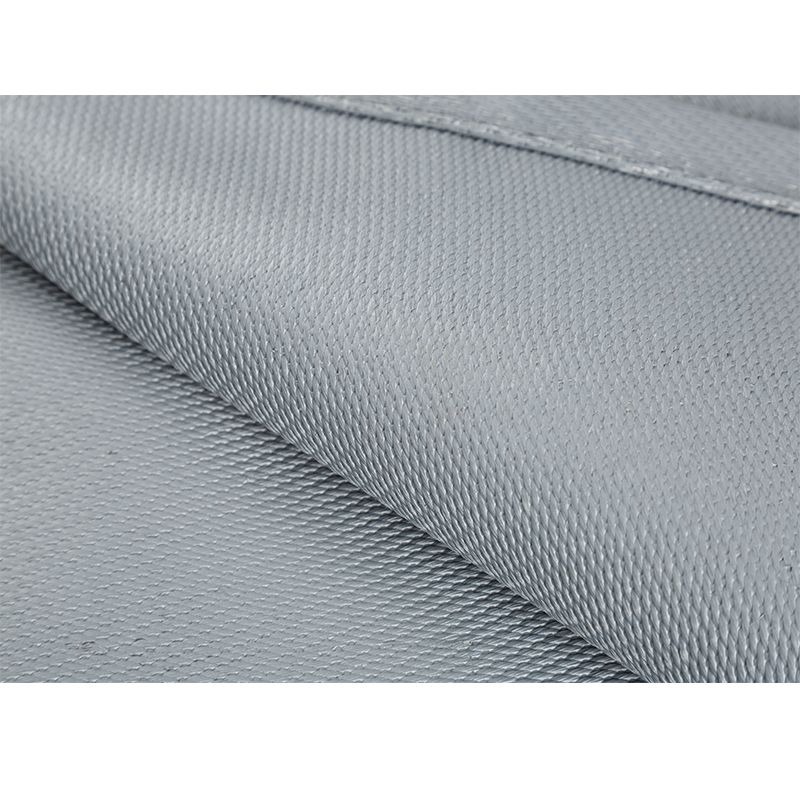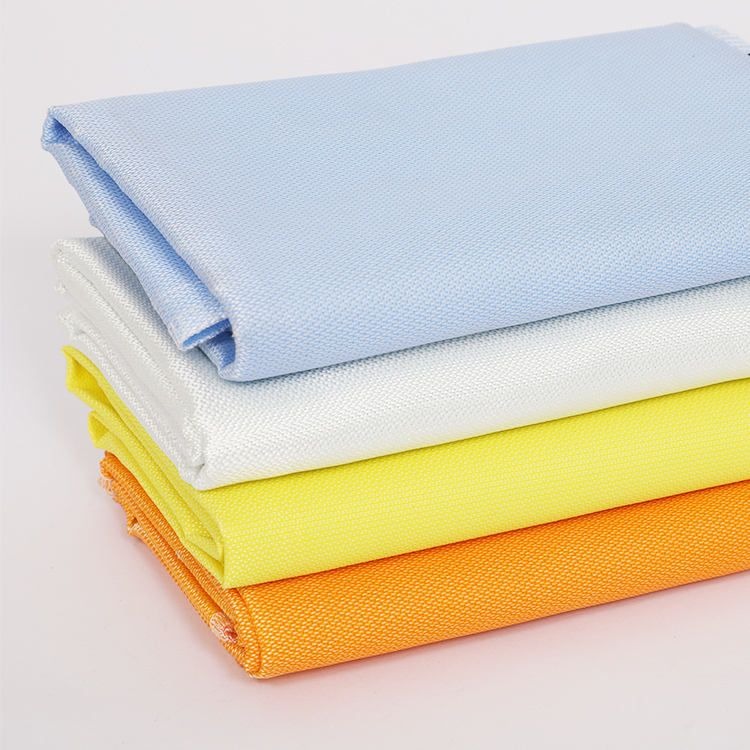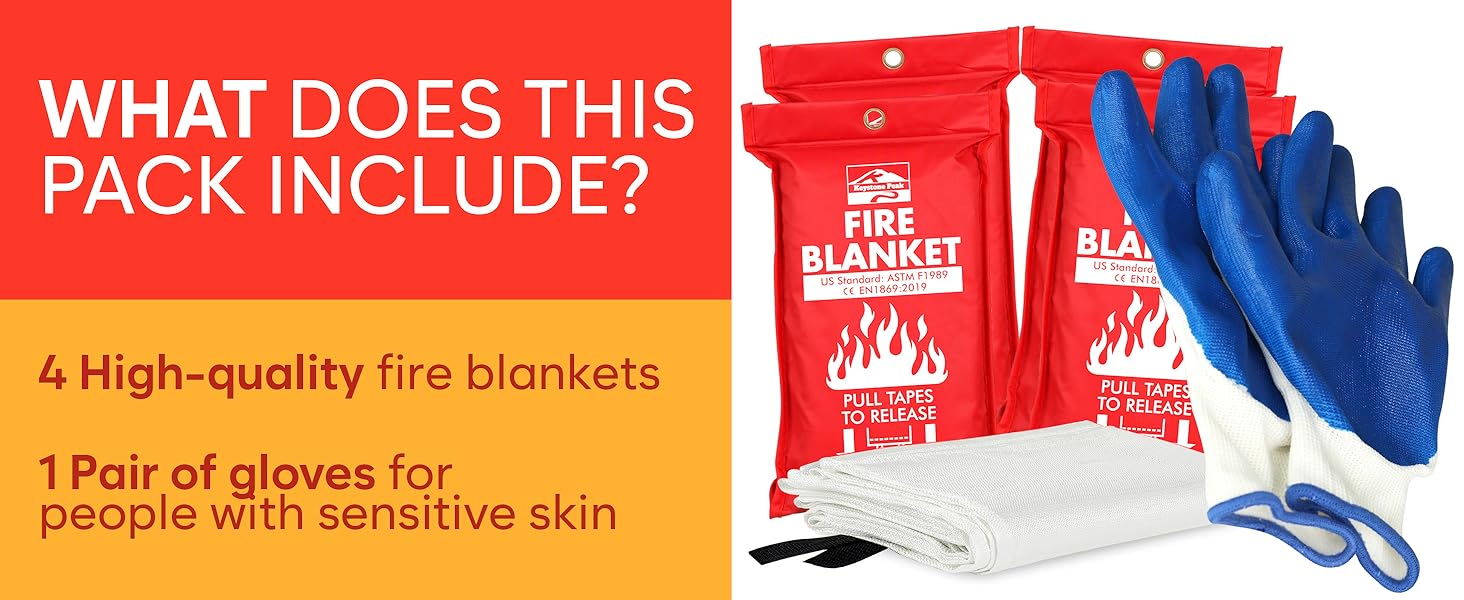Fire Netting Blanket: Essential Protection for Industrial and Wildfire Safety
A fire netting blanket is a specialized safety device designed to contain and suppress fires in industrial settings and wildfire-prone areas. This guide explains its materials, applications, proper usage, and maintenance to maximize your fire protection.
What Is a Fire Netting Blanket?
A fire netting blanket is a flame-resistant fabric made from materials like fiberglass, silica, or specially treated wool. Unlike regular fire blankets, it features an open-weave design that allows for better air circulation while still blocking flames.
Key features of quality fire netting blankets:

- Withstands temperatures up to 1000°C (1832°F)
- Lightweight yet durable construction
- Flexible enough to cover irregular shapes
- Resistant to chemicals and oils
Primary Applications of Fire Netting Blankets
You'll find fire netting blankets used in several critical scenarios:
Industrial Settings:Factories use them to protect equipment, contain sparks during welding, and cover flammable materials. The netting design prevents heat buildup while blocking flames.
Wildfire Protection:Firefighters deploy these blankets to create protective barriers around structures. The open weave allows some airflow while stopping embers from igniting buildings.
Electrical Fires:When dealing with electrical equipment fires, the fire netting blanket's non-conductive properties make it safer than water or chemical extinguishers.
How to Use a Fire Netting Blanket Properly
Follow these steps for effective fire suppression:
- Pull the blanket from its storage container using the corner tabs
- Hold the blanket as a shield between you and the fire
- Gently place it over the flames, starting from the near edge
- Leave the blanket in place for at least 30 minutes
- Never attempt to reposition once placed
Safety Tip: Always keep your fire netting blanket in an easily accessible location and ensure all family members or coworkers know its location and basic operation.
Maintenance and Care
To keep your fire netting blanket in optimal condition:
- Inspect monthly for tears or damage
- Store in a dry, clean area away from direct sunlight
- Replace if the material becomes stiff or brittle
- Follow manufacturer's guidelines for cleaning (never use regular detergents)
Choosing the Right Fire Netting Blanket
Consider these factors when selecting a fire netting blanket:
Size:Standard sizes range from 1m×1m for small kitchen fires to 3m×4m for industrial use. Measure your potential application area.
Material:Fiberglass offers excellent heat resistance, while silica-coated versions provide better durability. For chemical environments, look for specialized coatings.
Certifications:Ensure the blanket meets relevant safety standards like EN 1869 in Europe or UL classification in North America.
Fire Netting Blanket vs. Traditional Fire Blankets
While both serve similar purposes, fire netting blankets offer distinct advantages:
- Better ventilation prevents heat buildup in enclosed spaces
- Lighter weight makes them easier to handle in emergencies
- More flexible for covering irregular shapes
- Often more reusable than solid blankets
For most industrial applications and wildfire protection, fire netting blankets provide superior performance compared to traditional solid fire blankets.
Innovations in Fire Netting Technology
Recent advancements include:
- Smart blankets with temperature sensors that change color when compromised
- Self-deploying systems for automatic protection
- Eco-friendly materials that maintain performance while being biodegradable
- Integrated fire retardant gels that activate at high temperatures
Final Recommendations
Every home and workplace should have appropriate fire protection. A fire netting blanket offers versatile protection that complements traditional extinguishers. For best results:
- Train all users in proper deployment techniques
- Maintain your blanket according to manufacturer instructions
- Replace outdated or damaged blankets immediately
- Consider multiple blankets for large areas or high-risk locations
Remember that while a fire netting blanket is an excellent safety tool, it should be part of a comprehensive fire prevention and response plan that includes smoke detectors, extinguishers, and evacuation procedures.






